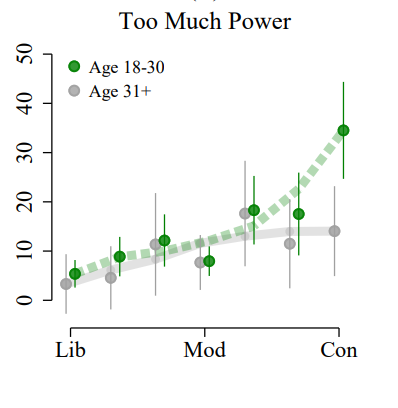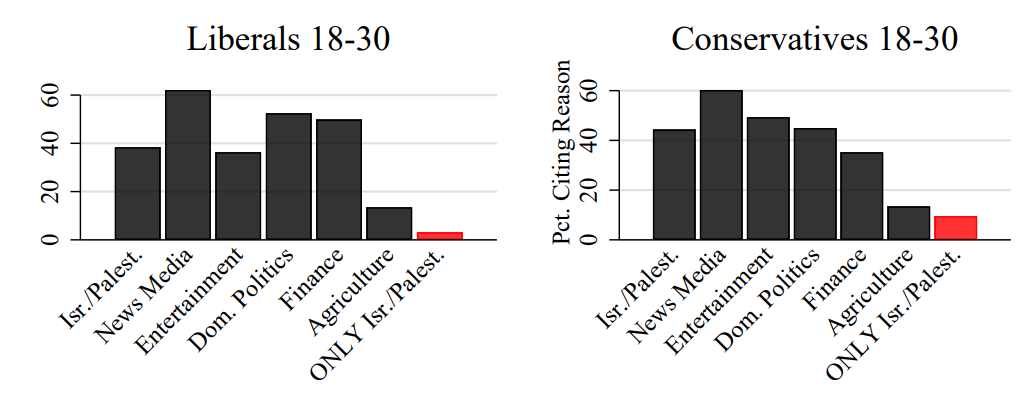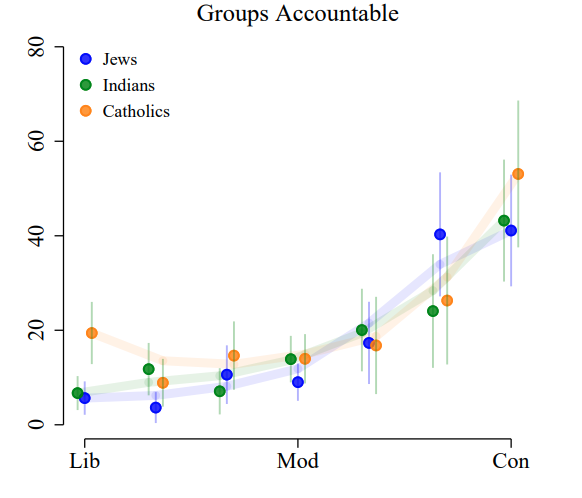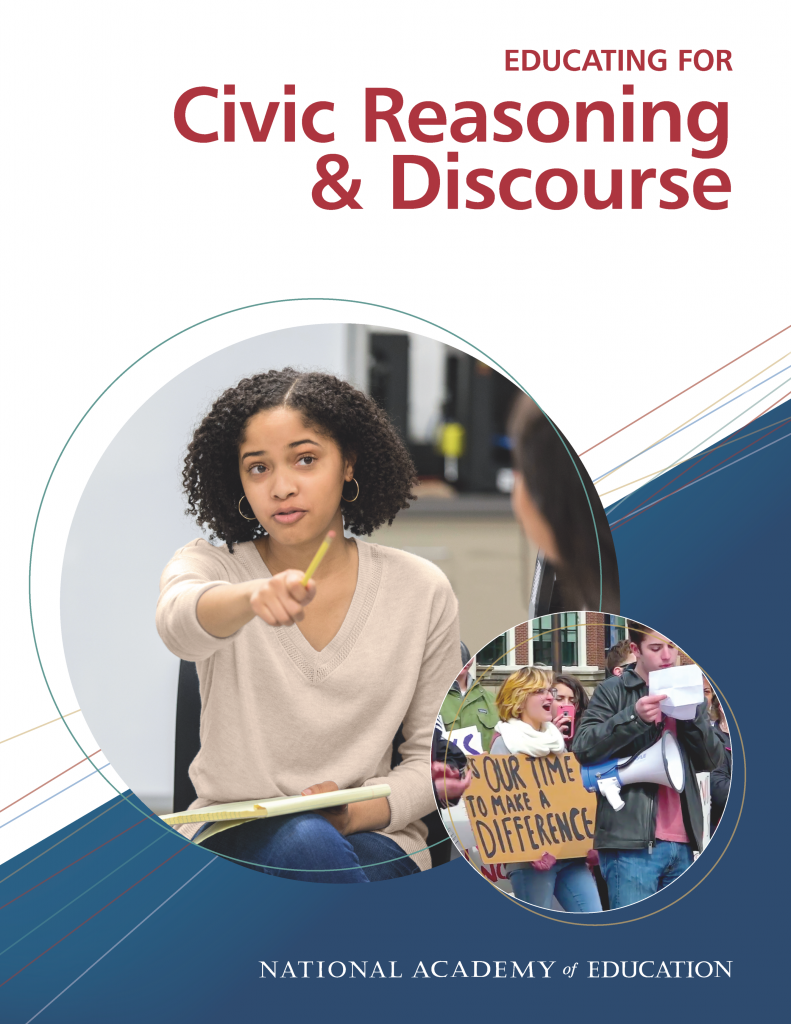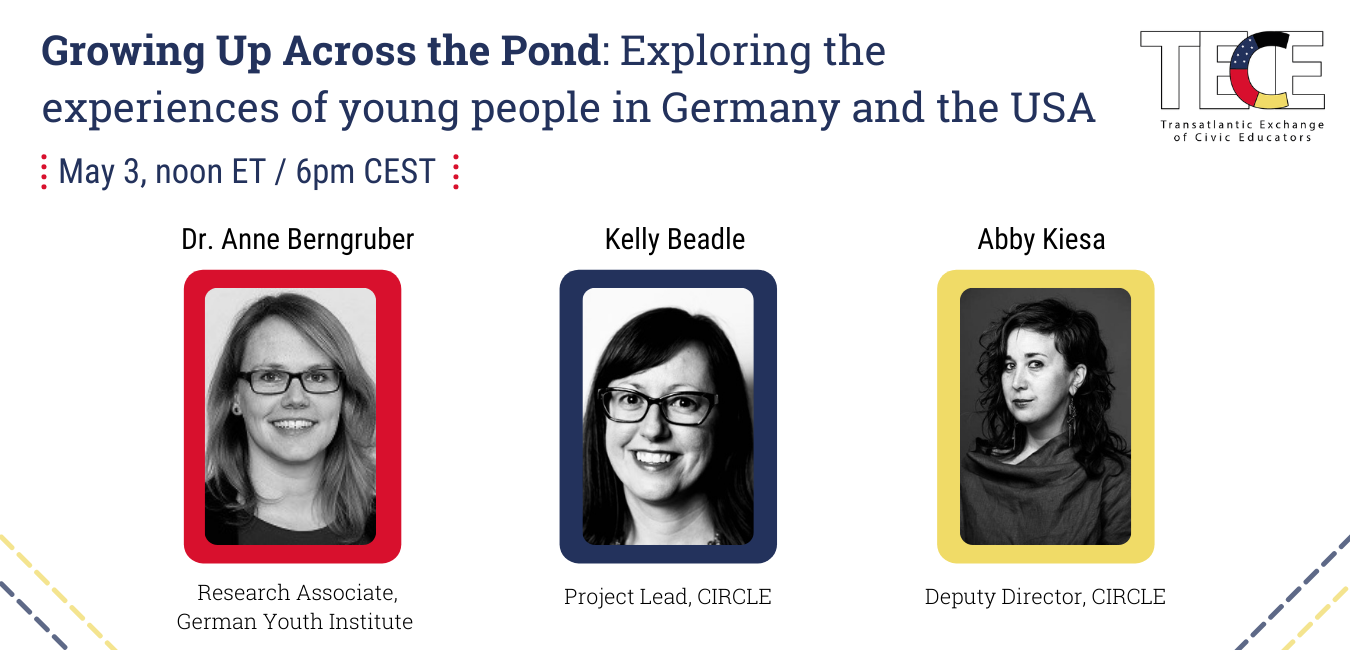Peter Linebaugh has been an insightful and prolific historian and commoner for nearly fifty years, He is one of the most illustrious historians of the commons in the world today, best known for his social and political histories of commoners caught in struggles with state power and early capitalists.
I caught up with Peter recently for a talk about his scholarship and political thinking about the commons in history, now available on Episode #14 of my podcast Frontiers of Commoning. We explored such issues as the importance of the Charter of the Forest and Magna Carta; the criminalization of customary practices as early capitalism arose; the special relationship of women to the commons and therefore their persecution; and the role of commoning in struggles for political emancipation.
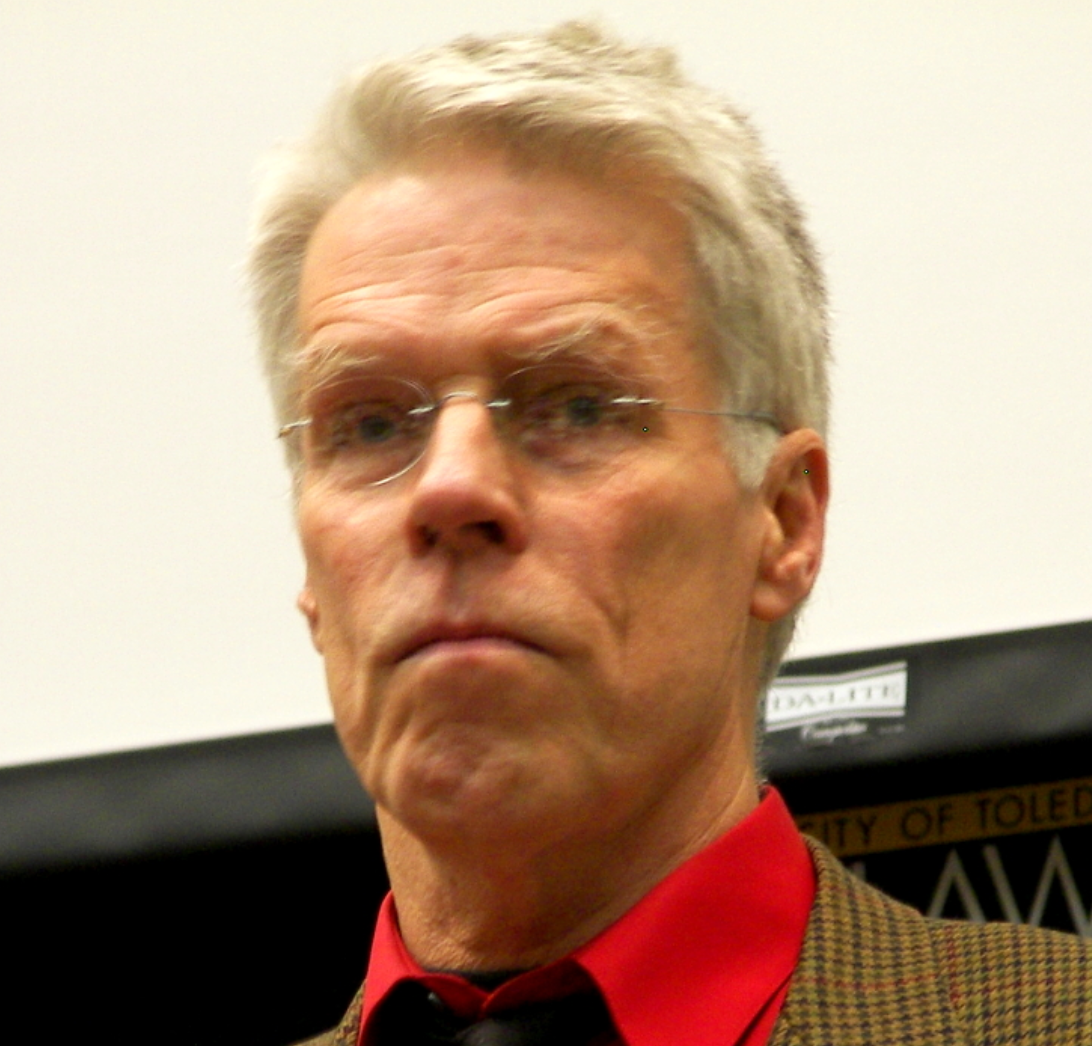
In the 1960s, Linebaugh was a student of British labor historian E.P. Thompson, a towering figure who inspired a generation of left historians to show how history can illuminate contemporary life and politics and provide strategic guidance.
Linebaugh, now retired from the University of Toledo after stints at many major universities, has a way of conjuring up entire ways of knowing and being that have disappeared. At the University of Warwick, in England in the 1970s, Linebaugh was part of a group of historians who called themselves the “crime collective” because they studied the “social banditry” (Eric Hobsbawm’s term) that was used to resist early capitalism in England.
 Crimes against property had been an essential part of the transition from feudalism to capitalism, as Linebaugh discovered. And so the “crime collective” scholars began to study highway robbery, smuggling, and piracy through the lens of sociology, history, and politics.
Crimes against property had been an essential part of the transition from feudalism to capitalism, as Linebaugh discovered. And so the “crime collective” scholars began to study highway robbery, smuggling, and piracy through the lens of sociology, history, and politics.
One of Linebaugh’s first books, The London Hanged, examined the role of public executions and state terror in combating “crimes” against early capitalism. The historians associated with E.P. Thompson also focused on how craftsmen, newly excluded from owning the means of their own production, began to insist on their traditional craft practices and perquisites. But now, new capitalist practices, as enforced by state law, were producing new types of “crimes.” Linebaugh, in short, has documented many forms of resistance to the fledgling capitalist order.
In my interview, this topic prompted Linebaugh to note a Roman aphorism that law creates the crime -- but ordinary people rarely are the ones writing the law in the first place. This prompted him to recite the famous protest poem of the 17th Century: “The law locks up the man and woman / who steals the goose from off the common. / But lets the greater villain loose / who steals the common from the goose.”
Another book written by Linebaugh, with Marcus Rediker -- The Many-Headed Hydra: A Hidden History of the Revolutionary Atlantic – examined the lives of Englishmen victimized by early capitalism. Transatlantic sailors, slaves, pirates, laborers, and indentured servants were often forced into dismal servitude and immersation, but they sometimes found novel ways to liberate themselves and assert a social solidarity.
One of Linebaugh’s most remarkable books, to my mind, is The Magna Carta Manifesto: Liberties and Commons for All, published in 2006. It’s about dispossessed peasants in the 1200s who helped secure the Charter of the Forest as a landmark written guarantee of commoners’ legal rights. For most contemporaries, the Magna Carta was seen as a totem of western, bourgeois law, and its companion document, the Charter of the Forest, as an arcane historical curiosity. Linebaugh’s scholarship helped excavate the real significance of the two documents to commoners, showing how they helped provide a bulwark of protection against rapacious state power and the wealthy.
A more recent book by Linebaugh, Red Round Globe Hot Burning, tells a sprawling story about two star-crossed lovers in the 18th Century, Ned Marcus and his Black Caribbean wife Kate, as players in the American, French, Haitian and failed Irish revolutions.
Linebaugh’s recovery of the commons of centuries past is a gift to imagining a different, better future. I still savor a bit of poetry that he retrieved from a laboring commoner, John Clare, who in the 1820s described walking across Emmonsailes Heath as a child and getting lost:
“So I eagerly wanderd on & rambled along the furze the whole day till I got out of my knowledge when the very wild flowers seemd to forget me & I imagind they were the inhabitants of a new countrys the very sun seemd to be a new one & shining in a different quarter of the sky.”
Indeed, we have wandered out of our knowledge and lost track of the commons. But there is another sun, shining in a different quarter of the sky. You can listen to my interview with Peter Linebaugh here.


